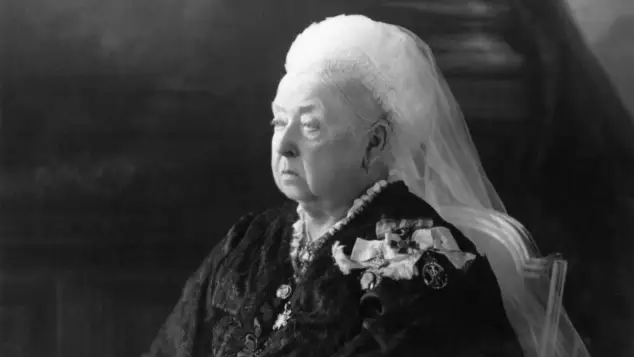- Queen Victoria reigned until 1901
- The famous monarch lived to be 81
- This is what caused her eventual death
Queen Victoria is one of the most famous and controversial monarchs in history.
And one of the Queen's best-known traits is her longevity. In 1837, she took the throne at the age of just 18. Victoria remained sovereign until her death in 1901.
How did Queen Victoria die?
Before Queen Elizabeth II, it was Queen Victoria who held the record for the UK's longest-reigning monarch. She served into her 80s and through declining health.
In later life, Victoria's eyesight was failing and she became wheelchair-bound due to problems with her legs. For Christmas 1900, she still made her annual trip to Osborne House on the Isle of Wight, but her health turned grave during the stay.
On Jan. 17, 1901, the Queen began to suffer a series of strokes that led to her death five days later, according to History Extra. She was 81. Her cause of death was a cerebral haemorrhage (a type of stroke), adds the Royal Museums Greenwich.
Also interesting:
And so came the end of the Victorian Era, which saw both great advancements and the dreadful heights of British colonialism. On Jan. 22, 1901, Queen Victoria's son ascended the throne as King Edward VII.
Famously, Queen Victoria had spent the latter half of her life in mourning. Her beloved husband Prince Albert preceded her in death by almost 40 years.





